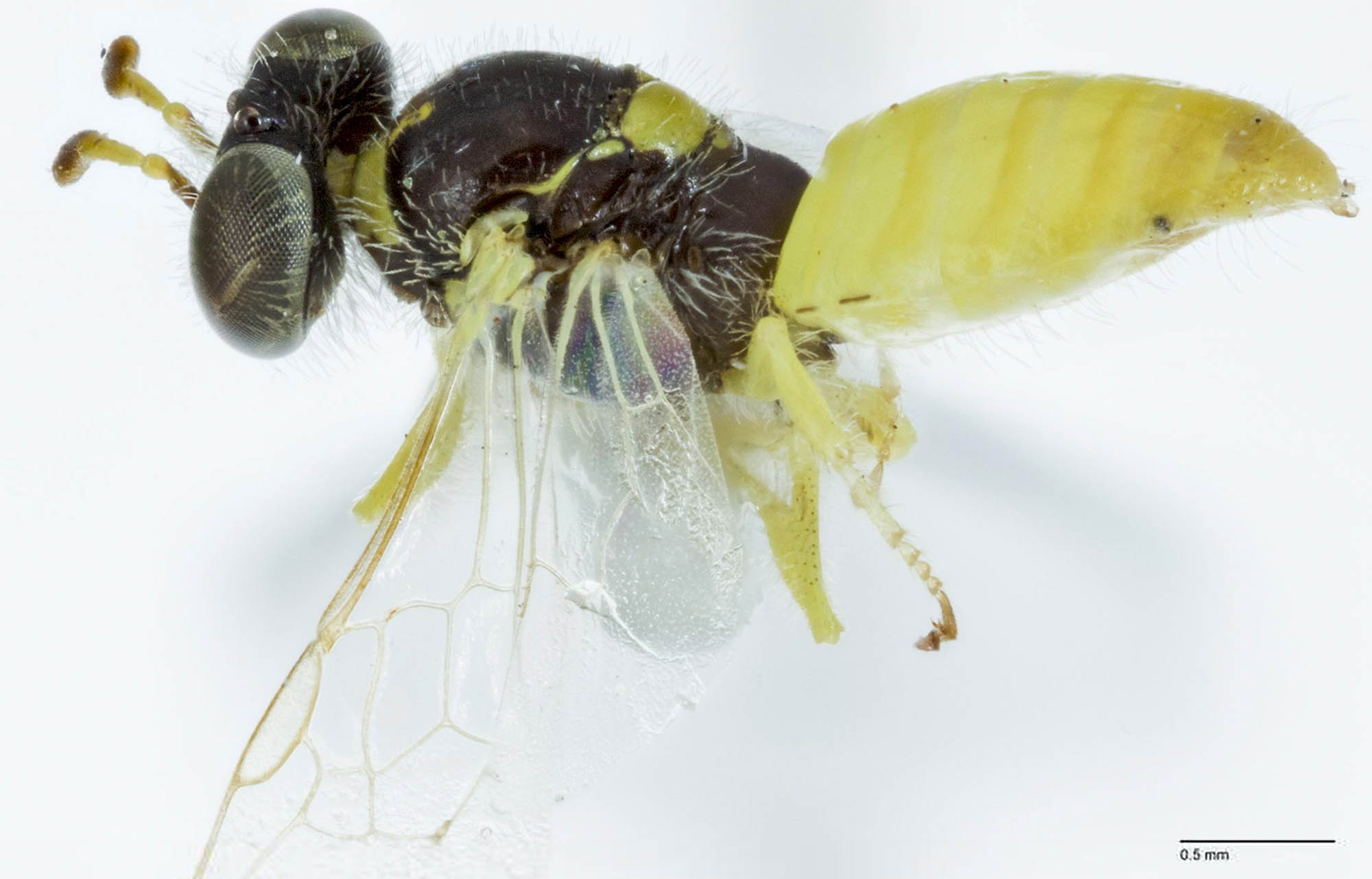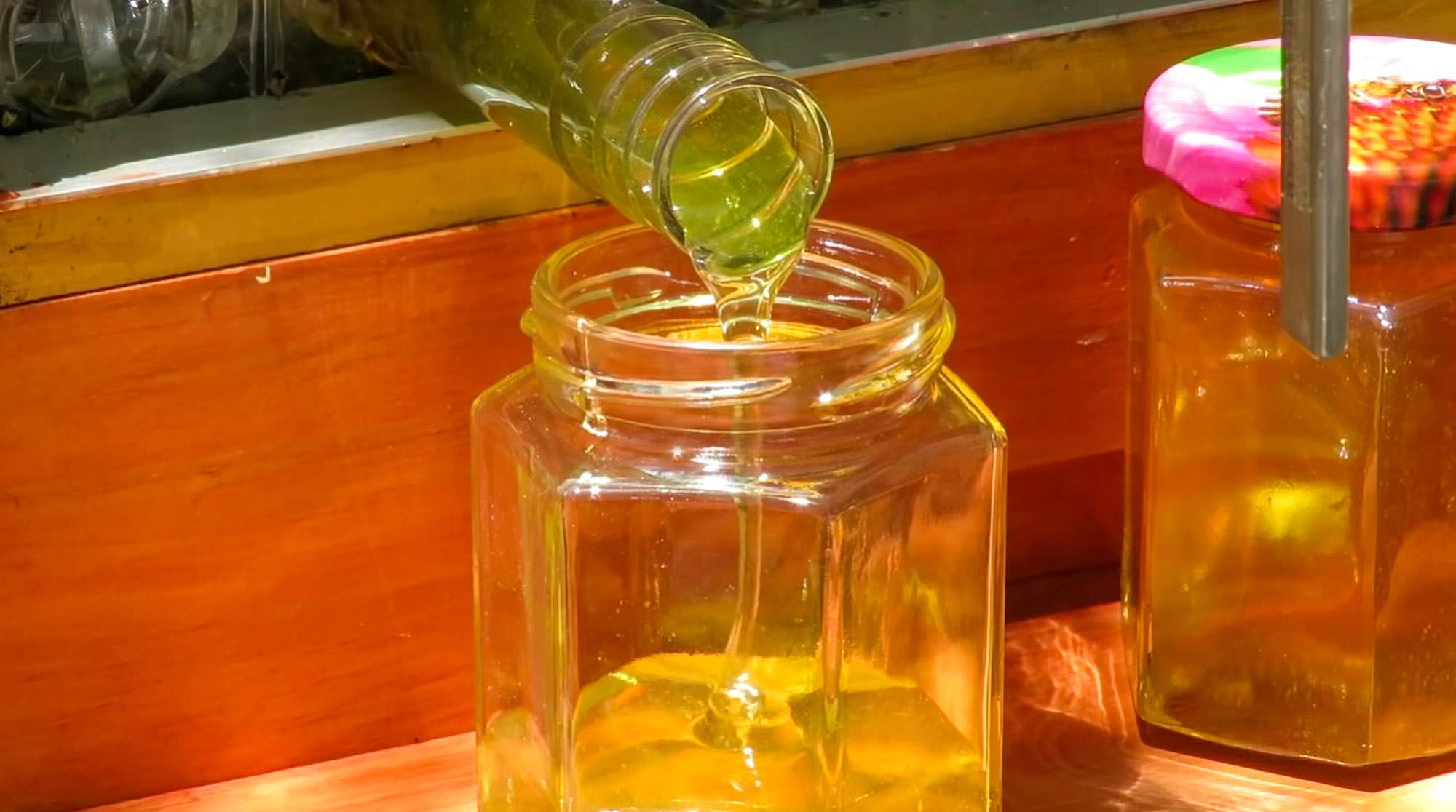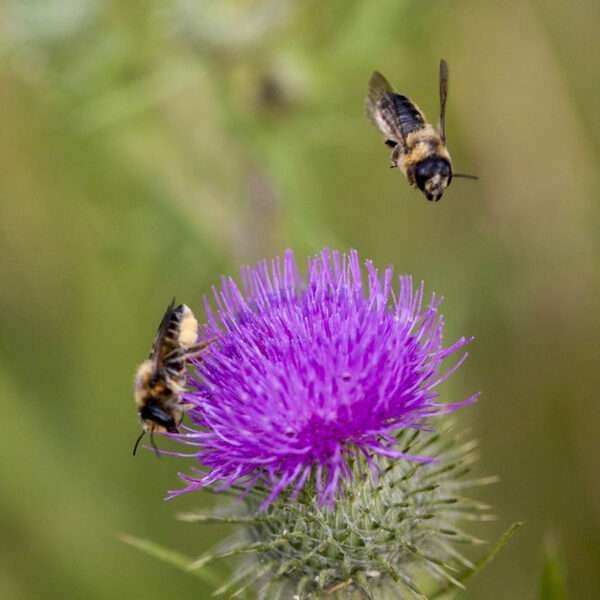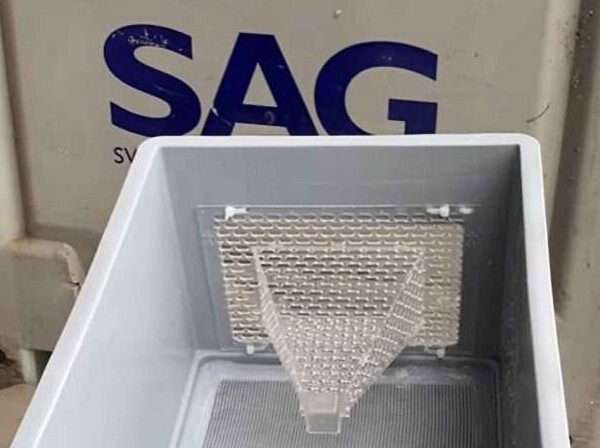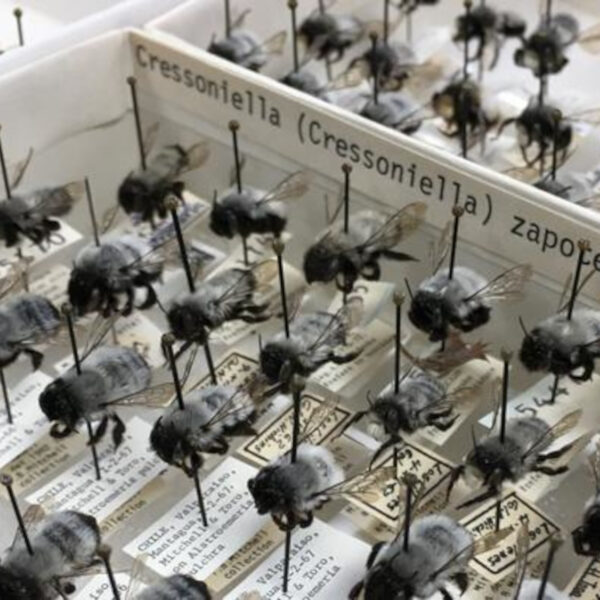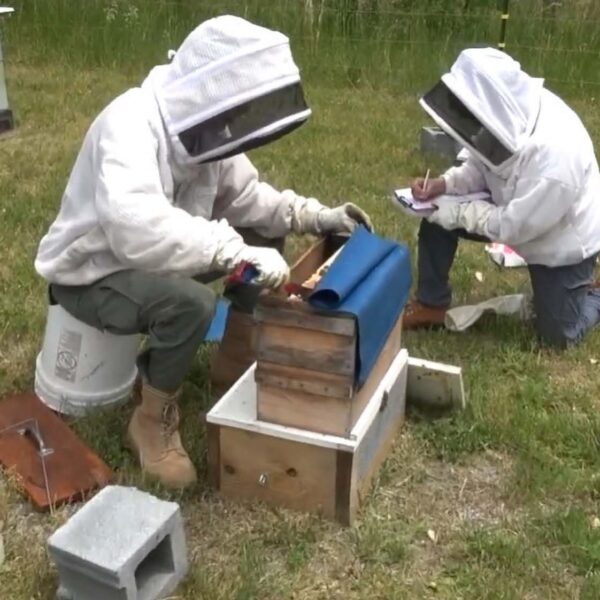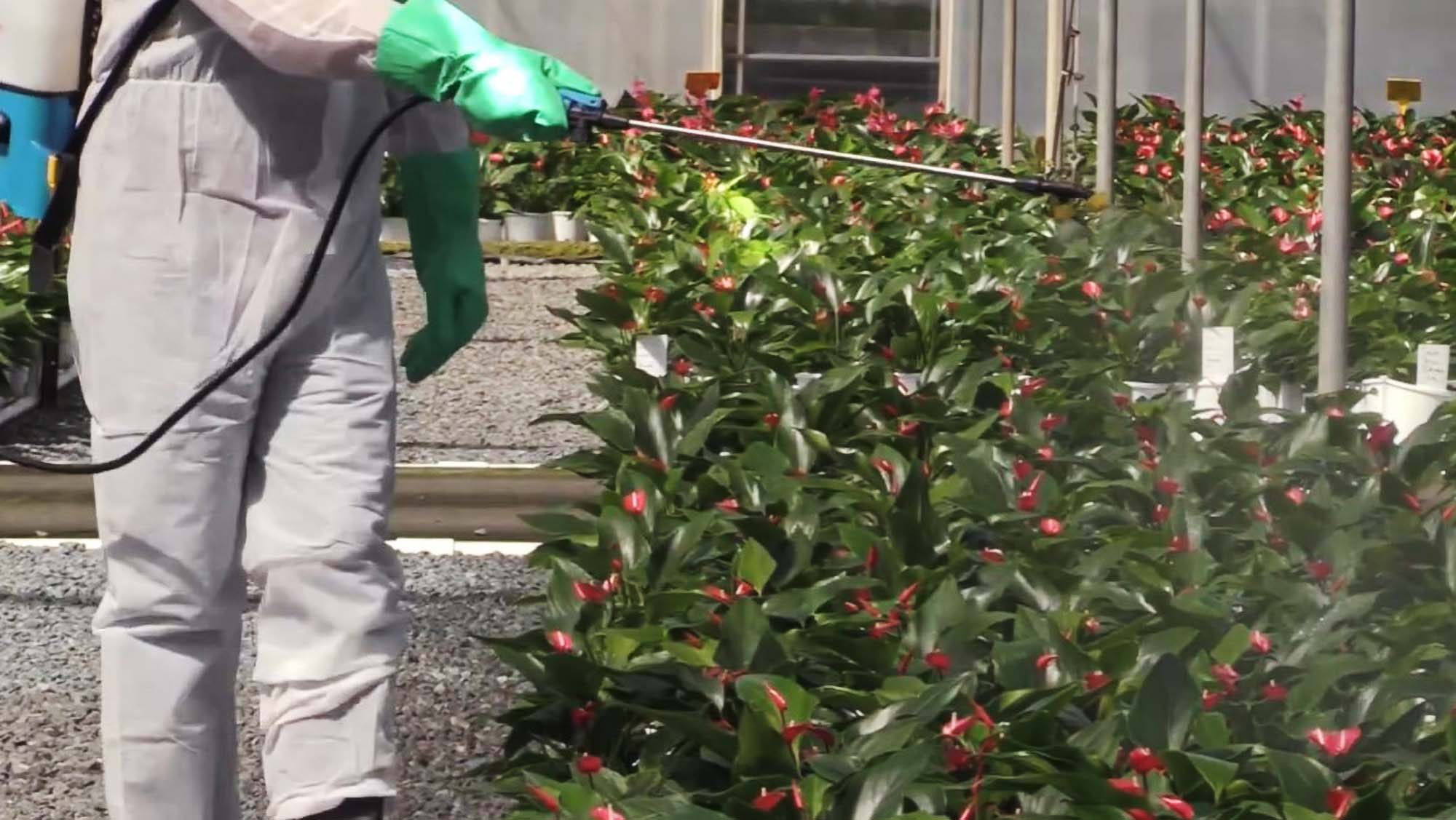Two different Australian bee species are actually males and females of one type, DNA tests have revealed.
Scientists from Curtin University in Bentley and Flinders University in Adelaide said their findings were “crucial” as males and females of the same species may have distinct appearances while different species of the same sex can appear quite similar.
Dr Kit Prendergast from the Curtin School of Molecular and Life Sciences said the results based on bee surveys in Perth would “fundamentally alter previous thinking.”
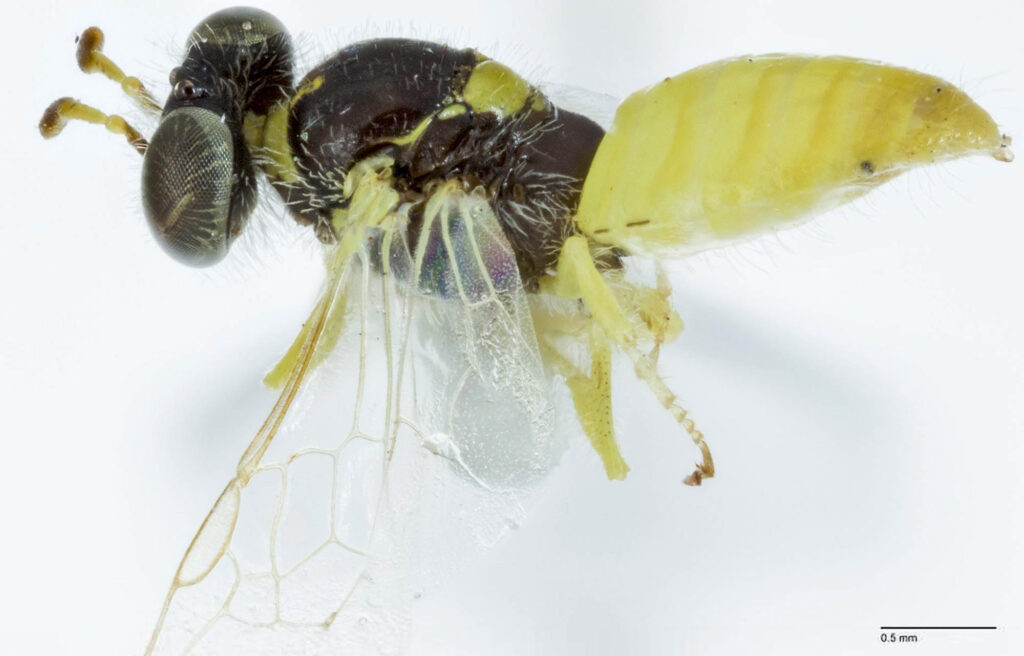
The lead author, who admitted that identifying males and females as belonging to the same species solely through observation could be “challenging”, said: “For many native bee species in Australia, their descriptions were based on only one sex.”
Dr Prendergast said she had collected what appeared to be the female of a bee species called Xanthesma (Xenohesma) perpulchra that had previously been described only from the male.
The experts then opted for an analysis of the DNA. The check confirmed that these female pollinators were in fact the same species as the male.
Dr Prendergast, whose survey was co-authored by Flinders University entomologist Dr James Dorey, explained: “Surprisingly, their DNA also matched another species, that had only ever been described from the female, Xanthesma (Xanthesma) brachycera.”
She added: “We were able to prove that the two were, in fact, the same species.”
The Curtin University scientist revealed: “It appears both sexes had never been collected in the same place at the same time. Both were described in the early 1900s, well before the advent of DNA analysis.”
Australia is home to more than 1,600 different types of bees.
Dr Prendergast concluded: “Our findings are significant because being able to correctly identify species is fundamentally important to virtually every aspect of biological sciences.
“We hope this research is just the tip of the iceberg when it comes to the taxonomy of Australian native bees.”

